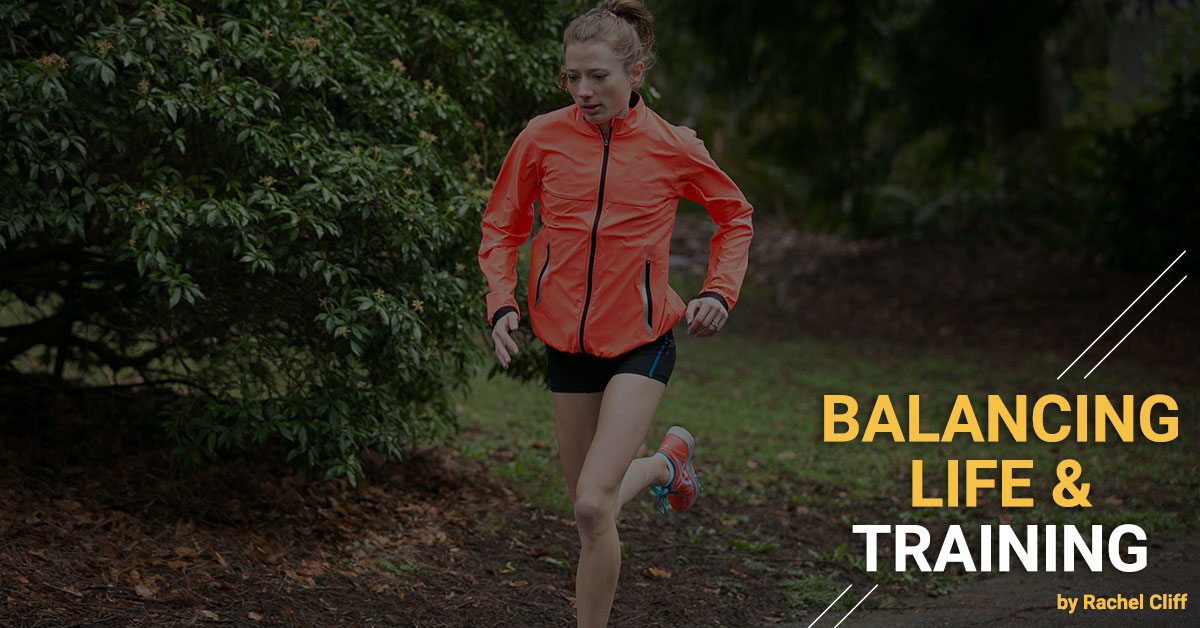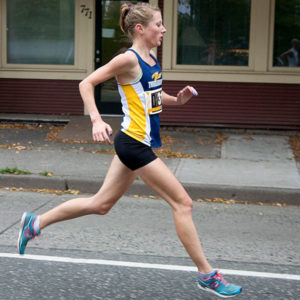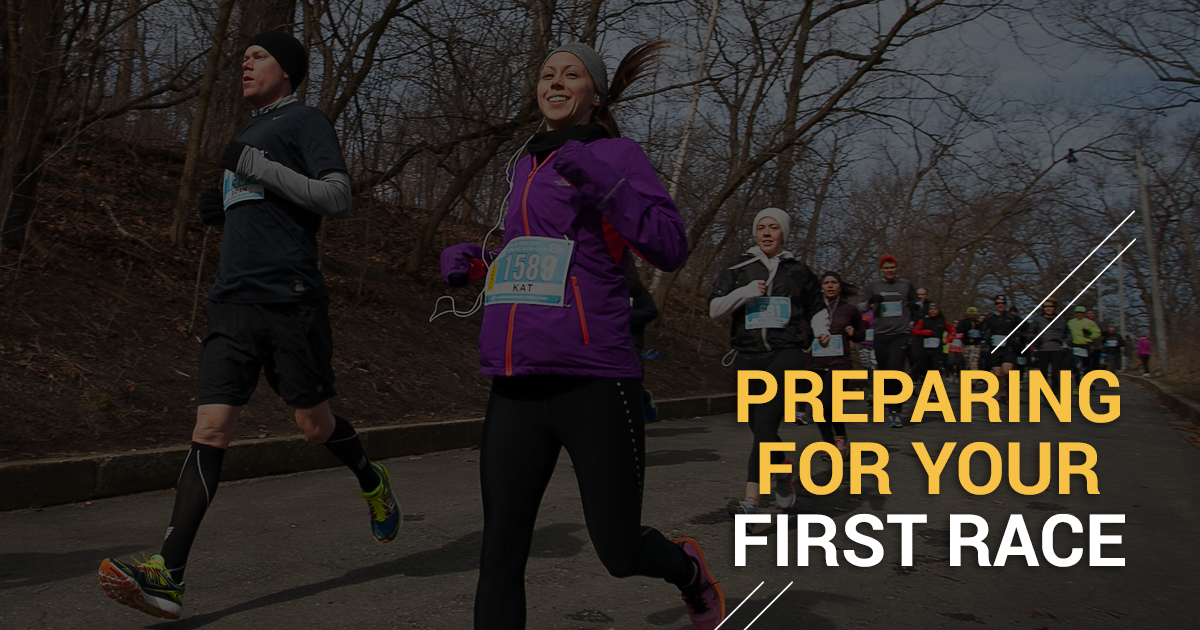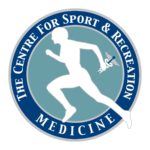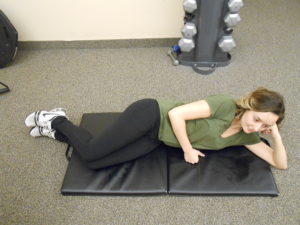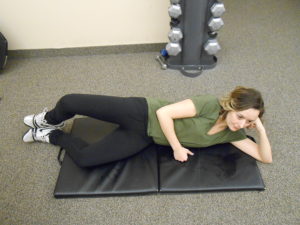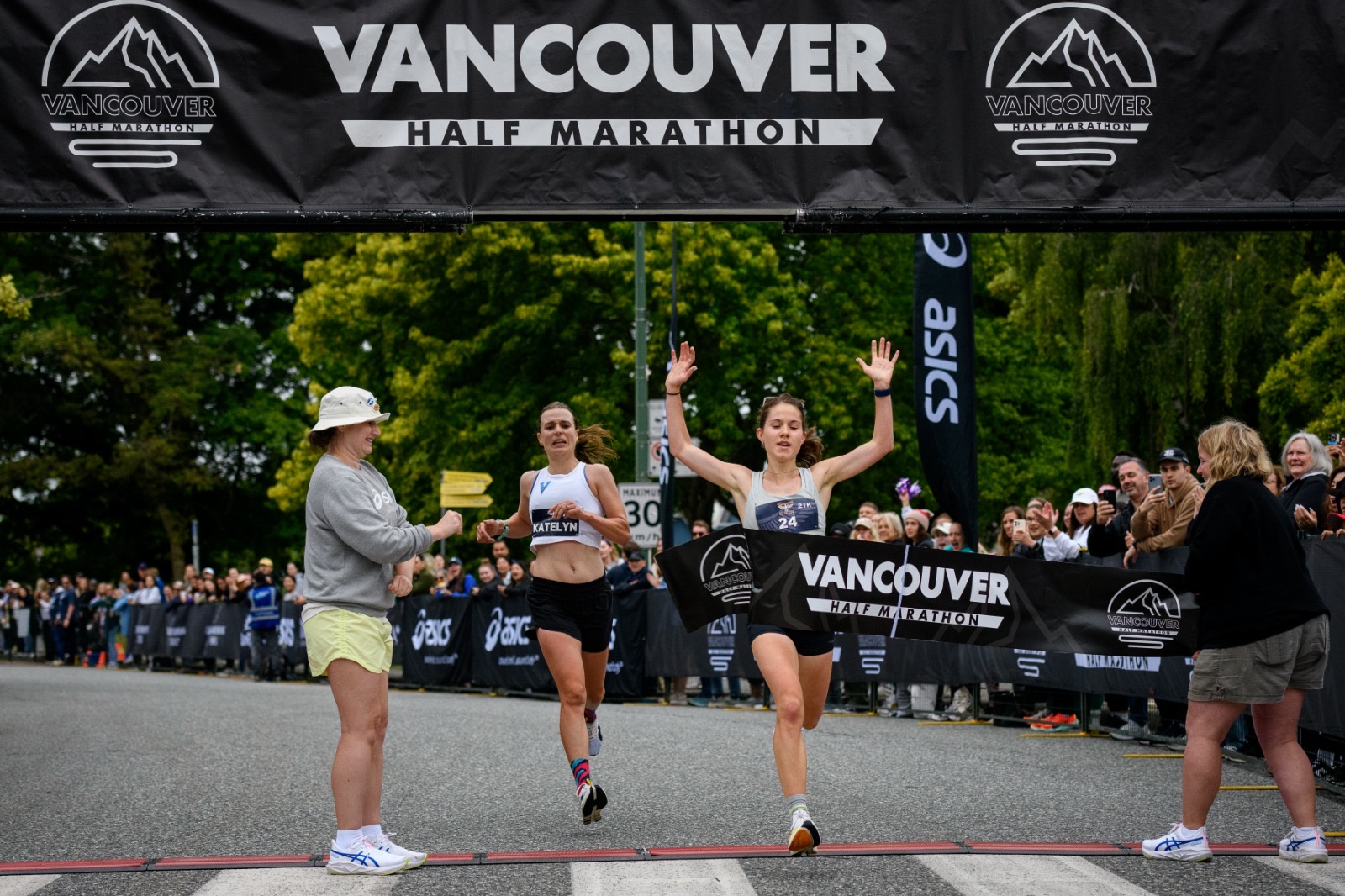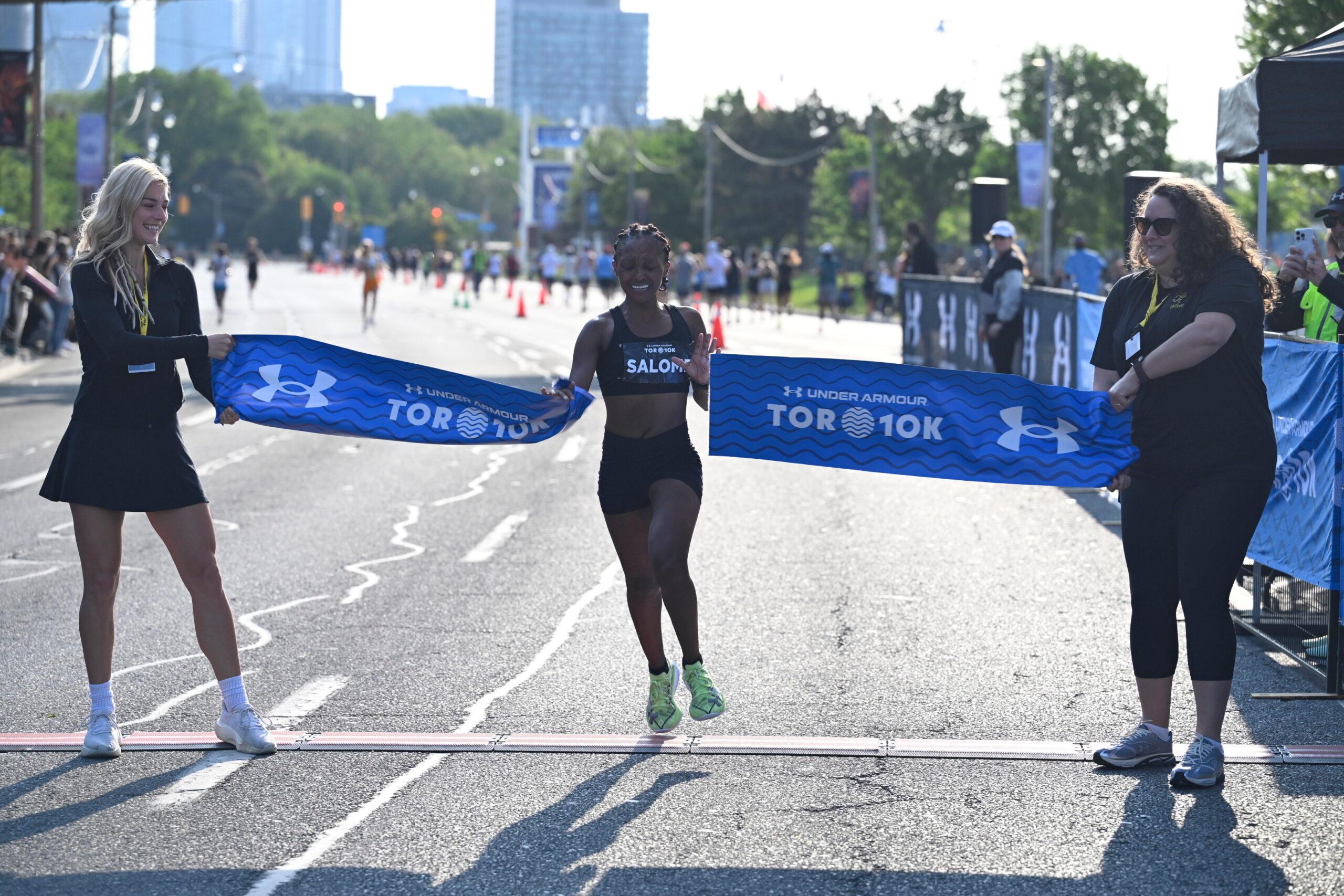Over the next few months we’ll be profiling some of the amazing charities involved with this year’s Scotiabank Vancouver Half-Marathon & 5k along with some of the great work they do. This week, we spoke to the Royal Columbian Hospital Foundation.
Want to get involved? Find out more about the Scotiabank Charity Challenge here!
 Royal Columbian Hospital Foundation
Royal Columbian Hospital Foundation
Royal Columbian Hospital Foundation is Pounding the Pavement for Preemies!
We are working together with friends and family to fundraise for the Neonatal Intensive Care Unit. This year our goal is to raise $88,000 to fund the remaining balance of our Infant Transport Incubator. An Infant Transport Incubator is a self-contained, mobile, intensive care unit for sick or premature babies to be transported to a neonatal intensive-care unit for specialized treatment.
The Van Marrewyk family experienced first-hand the exceptional care from the RCH Hospital after the birth of their triplet daughters in 2010. Wanting to give back, they organized an annual 5km walk for family and friends that also acted as a fundraiser for the neonatal intensive care unit (NICU) at Royal Columbian Hospital. Those Christmastime walkathons raised $110,000. As the family and the Foundation discussed future fundraising efforts, we all saw an advantage in joining the Scotiabank Charity Challenge. We caught up with the Van Marrewyk’s about their involvement, their goals and their story:
How/why did you decide to use the Scotiabank Charity Challenge as a big fundraiser instead of continuing with the walk you’ve put on in the past? Do you still put the walk on as an annual event?
This option was brought forward to us by the RCH Foundation. The biggest reason that we joined forces with both the RCH foundation and Scotiabank Charity Challenge was for ease and exposure. This fundraiser was never about our family it has always been about the NICU. When we did the walk it was located in Ladner and it was difficult to bring the entire NICU community to us so it was always more of a family and friends event. Now the event has been able to reach more of just the NICU community and that was ultimately what our family wanted. Our dream was to raise awareness about the NICU and give the NICU families a place to come together and celebrate our miracles that have come through the NICU.
We do not still do the walk, like everyone these days we are a busy family and the walk consumed roughly 6-8 months of our year trying to plan, execute the walk, and then finally send out all of the thank you’s. We know how much goes into an event like this and for the foundation to take this work off of our plate has been amazing for us. The RCH Foundation is truly the backbone of why this fundraiser has continued.
 What made you become so involved with the RCH Foundation? I’m sure many families have been helped through their care, but what made you decide to give back over the years?
What made you become so involved with the RCH Foundation? I’m sure many families have been helped through their care, but what made you decide to give back over the years?
Without the NICU we would not have our family of 6. Our children were very sick when they came under the care of Dr. Al-Mudaffer of the NICU. He and his team (doctors and nurses) made sure that they would find the answers of why the kids were so sick and he did. The RCH Foundation was our avenue to ensure that our money made it back into the RCH NICU’s system. They have been absolutely amazing in their tireless work and continue to exceed all of our expectations. They always make things happen and always looking our for not only the hospitals best interests but also the families of the patients. They make things happen!
Where does the money that’s fundraised go to every year? Is it based on the needs of the neonatal unit?
Queenie (NICU Manager) still allows us to choose where this money goes. Every time we start a new year we are given a few choices and the monetary amount of the items that we are discussing. The current focus is an Infant Transport Incubator. Before this, we raised money to purchase a jet ventilator, which provides a gentle and effective mode of ventilation to help the most fragile premature babies breathe, since their lungs are not developed enough for them to breathe on their own. We’ve also purchased infusion pumps that deliver fluids and medications as well as a couple of isolette incubators.
The Incubator stretcher that we are currently still working on has been a special piece of equipment because we have an agreement with the hospital that we will continue to raise funds for this piece of equipment (forecasted 3 years) but the piece of equipment has already been purchased. The hospital is paying for this piece of equipment and we are paying them back, what an amazing relationship!
When you sign up for the Scotiabank Vancouver Half-Marathon or 5k, you can choose to run for the Royal Columbian Hospital Foundation in the Scotiabank Charity Challenge. Already registered to run? You can join their fundraising team today or make a donation to their team.
 Dr. Peter AIDS Foundation
Dr. Peter AIDS Foundation
The Dr. Peter Centre is a leader in providing HIV care for individuals who face complex social and health issues, including mental illness, addictions, poverty, homelessness and social isolation.
Located in Vancouver’s West End, the Dr. Peter Centre provides three programs – day health, 24-hour specialized nursing care residence, and enhanced supportive housing, which together form a campus of care with integrative HIV services supporting personal autonomy and effective use of health care resources.
Now in our 8th year, staff and volunteers of the Dr. Peter AIDS Foundation form the “Red Ribbon Roadrunners” and run in the Scotiabank Charity Challenge to fundraise. Our team runs not only for fitness, but also to support compassionate care for people living with HIV.
We chose the Scotiabank Charity Challenge as one of our yearly fundraisers because it is a world-class race that provides a seamless platform that allows us to focus our efforts and resources on fundraising. It is also a great way to meet new people, get in shape, and have fun!
The Red Ribbon Roadrunners participate annually in the Scotiabank Half-Marathon and 5k in support of the life-changing work of the Dr. Peter AIDS Foundation. Every contribution makes a difference. When you run, walk or pledge on behalf of the Dr. Peter AIDS Foundation, you help provide vital care for people living with HIV.
Our food and nutrition program is the cornerstone of our model of care. Every day in the day health program, nutritious breakfasts and lunches are served, providing the high level of nutrition needed for a person to fully benefit from HIV treatment and to bolster the immune system.
In our day health program, a meal is so much more than a meal – it’s THE draw for engagement in HIV treatment and other HIV care.
Our goal is to raise $5000, enough to fund 1000 meals at the Dr. Peter Centre!
 When you sign up for the Scotiabank Vancouver Half-Marathon or 5k, you can choose to run for The Dr. Peter AIDS Foundation in the Scotiabank Charity Challenge. Already registered to run? You can join their fundraising team today or make a donation to their team.
When you sign up for the Scotiabank Vancouver Half-Marathon or 5k, you can choose to run for The Dr. Peter AIDS Foundation in the Scotiabank Charity Challenge. Already registered to run? You can join their fundraising team today or make a donation to their team.
 The Lipstick Project
The Lipstick Project
The Lipstick Project is a small, Vancouver-based non-profit that provides free, professional spa services to men, women and children who are facing significant health challenges. Through partnerships with organizations like Ronald McDonald House, Canuck Place Children’s Hospice and the Vancouver Hospice Society, our volunteers deliver comfort, dignity and compassionate care to those in need. We’ve never participated in the Scotiabank Charity Challenge before and are really looking forward to engaging our community in this new way this year!
 We chose to participate in the Scotiabank Charity Challenge because it is an event that such a diverse group of our community can participate in. Because volunteering with our organization requires a very specific skill set, there are lots of supporters and fans in our community who can’t volunteer with us. This event is a great way to engage our entire community and rally them around a specific cause.
We chose to participate in the Scotiabank Charity Challenge because it is an event that such a diverse group of our community can participate in. Because volunteering with our organization requires a very specific skill set, there are lots of supporters and fans in our community who can’t volunteer with us. This event is a great way to engage our entire community and rally them around a specific cause.
People can run for our charity by signing up here and joining our team. We’re very excited to make this a community-building event that is much more than just on race-day. That’s why we have partnered up with Rackets & Runners’ run club for training sessions on Tuesday and Thursday evenings and Saturday mornings. We also have an active Facebook community where we’re posting training tips, gear info, stretching videos, and different tidbits to help people make the most of this experience.
The funds raised will help us continue our programs and services in the coming year. We’re also always hopeful to expand the reach of our organization to serve more people, and success in this fundraising endeavour would help us to bring those expansions to life.
When you sign up for the Scotiabank Vancouver Half-Marathon or 5k, you can choose to run for The Lipstick Project in the Scotiabank Charity Challenge. Already registered to run? You can join their fundraising team today or make a donation to their team.
Check back next week – we’ll be talking to another one of our great charities! You can find the full list of our partner charities here.



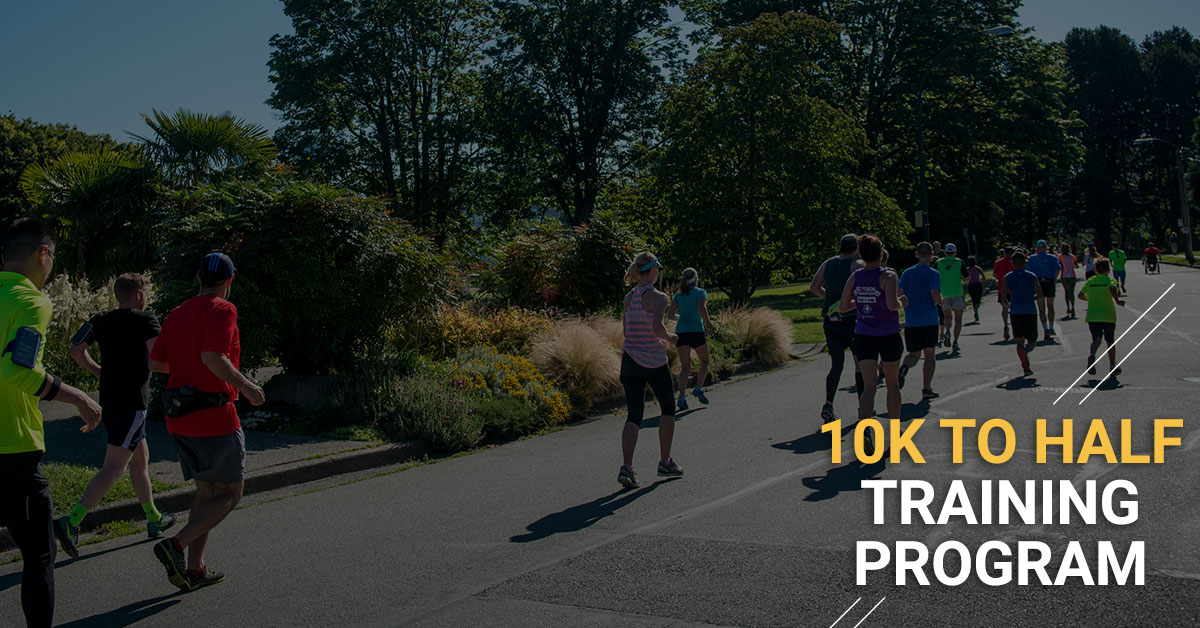
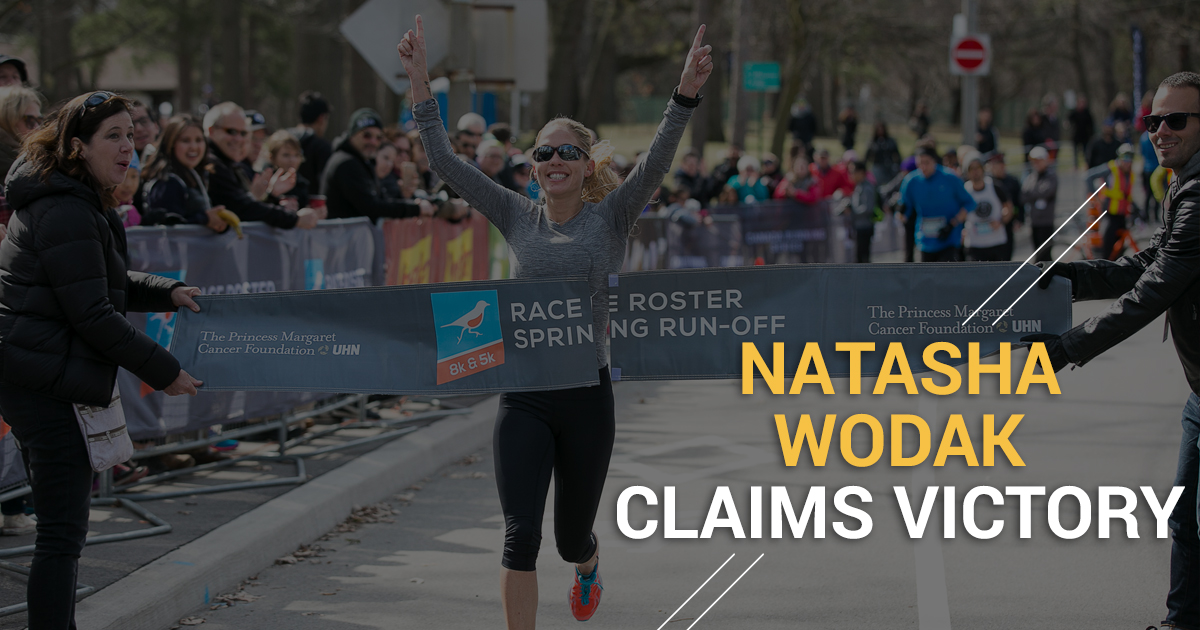
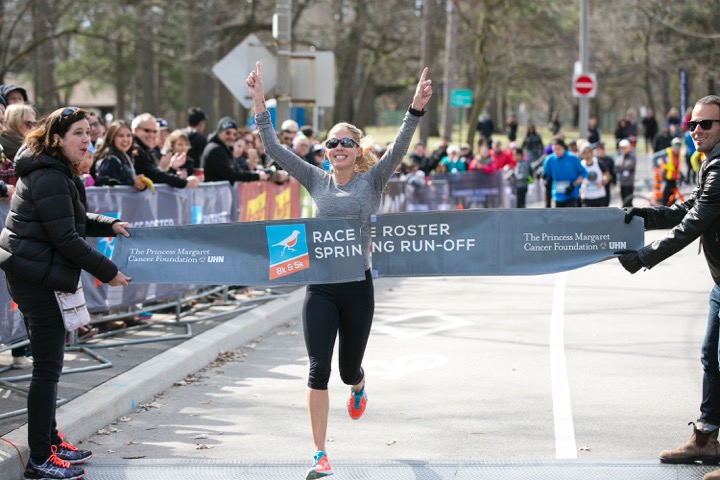
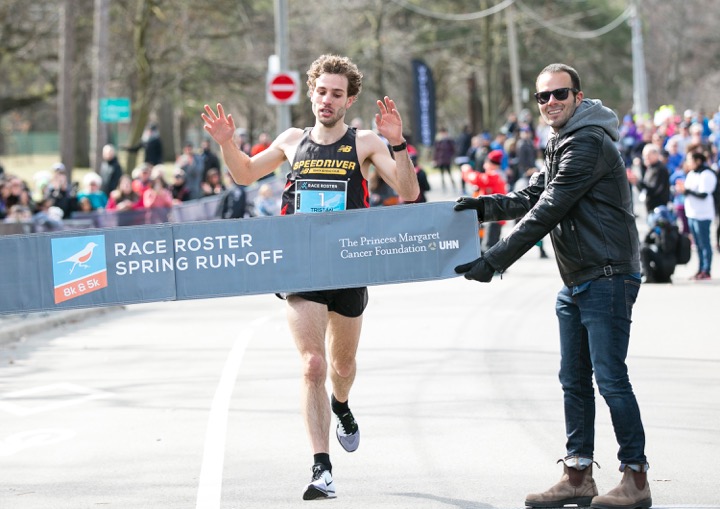


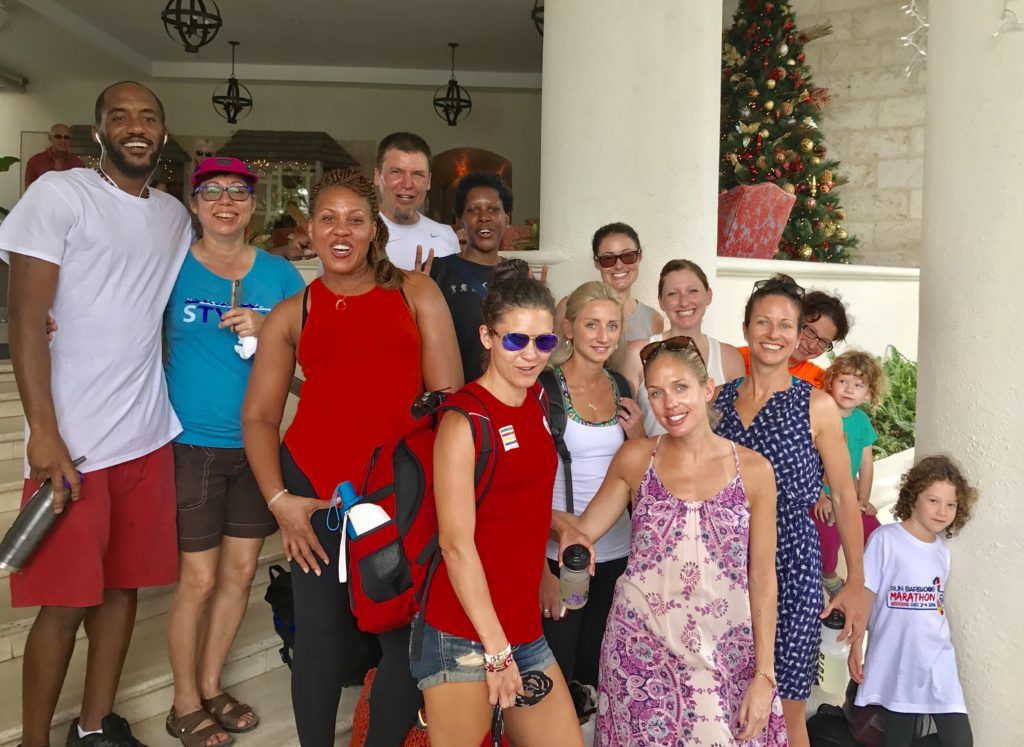
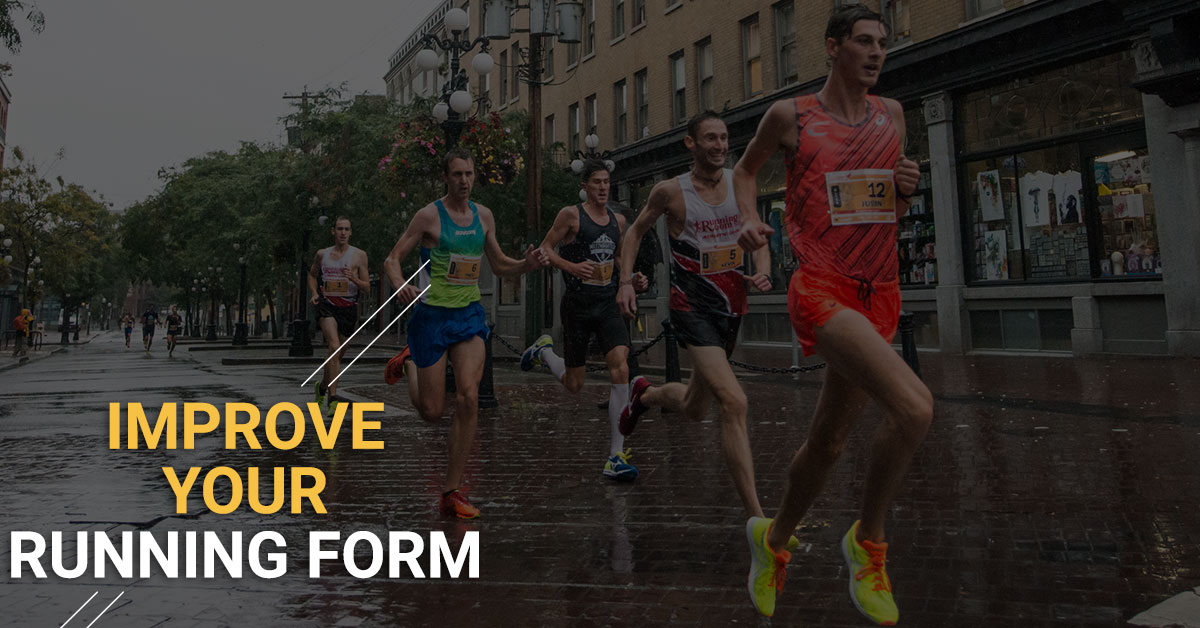
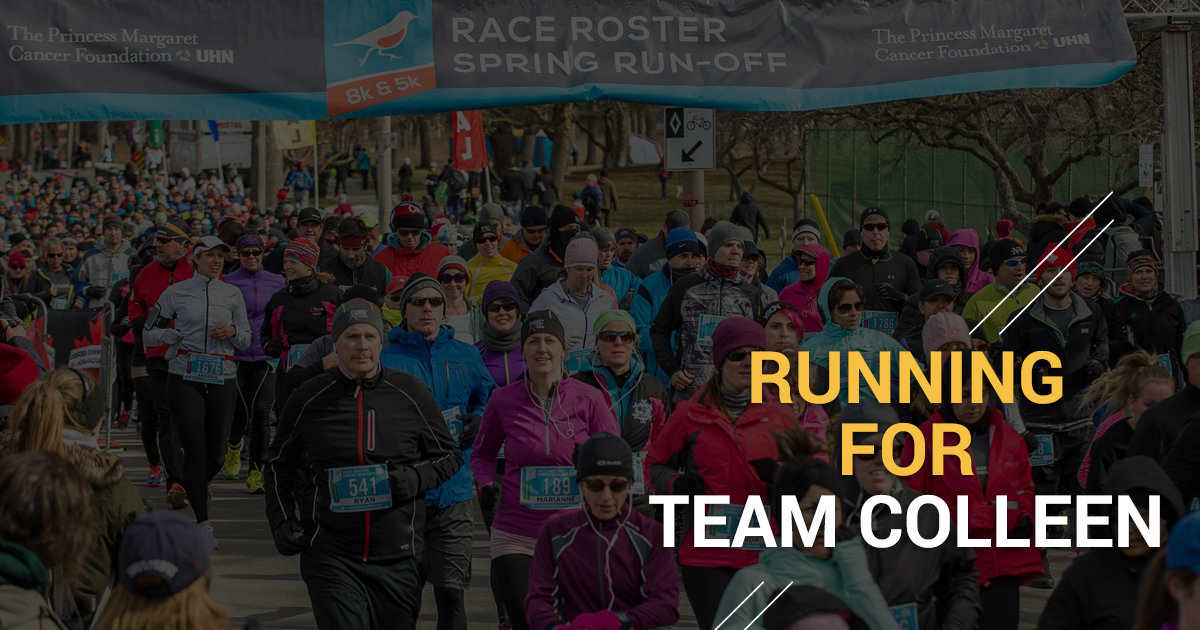
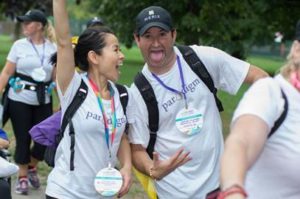 Liao, who Milchman describes as “my coworker, my buddy, and one of the best people I know”, is no stranger to the disease. Four years earlier, shortly after Colleen and her husband Len learned that they were expecting their first child, Liao was diagnosed with stage three breast cancer.
Liao, who Milchman describes as “my coworker, my buddy, and one of the best people I know”, is no stranger to the disease. Four years earlier, shortly after Colleen and her husband Len learned that they were expecting their first child, Liao was diagnosed with stage three breast cancer.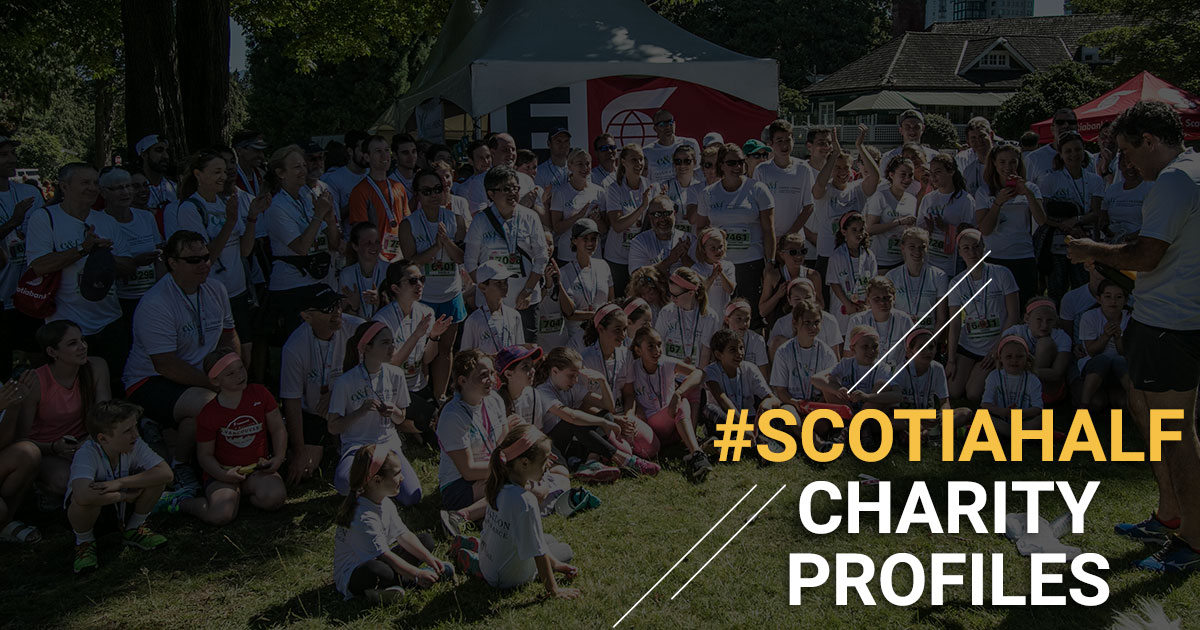
 Royal Columbian Hospital Foundation
Royal Columbian Hospital Foundation




